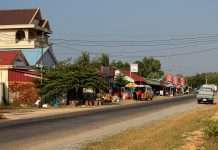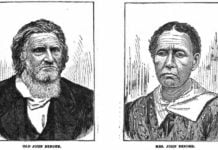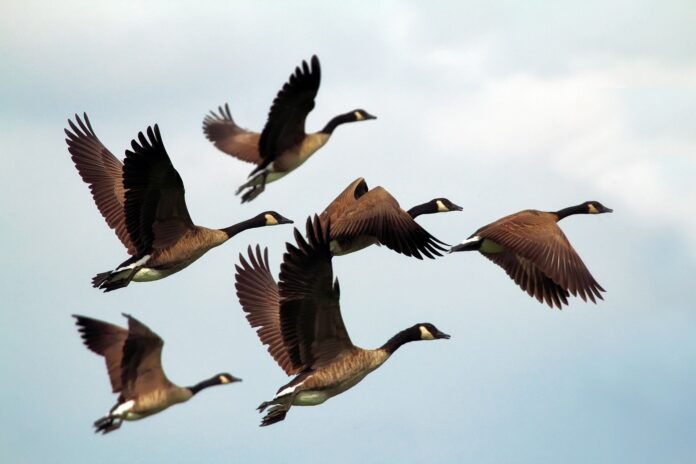A persistent and evolving strain of highly pathogenic avian influenza (HPAI), specifically the H5N1 variant, has been driving a widespread outbreak across the United States since late 2021. Unlike past outbreaks, aggressive culling of domestic birds has failed to contain the virus, which now infects a broader range of species, including mammals, and is increasingly spread by wild birds. A new study published in Nature confirms that wild birds are now the primary drivers of this outbreak, reshaping how we must approach disease management.
The Shift in Transmission
For years, HPAI outbreaks were largely contained by focusing on domestic poultry. The virus traditionally circulated in Asia and Northern Africa, but in recent years, it has spread through Europe and now North America, carried primarily by wild bird migration. Louise H. Moncla, from the School of Veterinary Medicine, and her team traced the introduction and spread of the virus using genomic sequencing and migratory flyway analysis, revealing a critical change in transmission dynamics.
“The picture for HPAI influenza has really changed for North America… This used to be a virus that primarily circulated in domestic birds. But in more recent years, we’ve seen increasing outbreaks associated with wild birds.”
Wild Birds as the Primary Vector
The study confirms that Anseriformes – ducks, geese, and swans – are the key carriers of the virus. Since 2020, H5N1 has evolved, becoming better adapted to infect wild birds, making migration a highly efficient transmission route. This pattern mirrors outbreaks in Europe two years prior, suggesting a continent-wide shift in the virus’s behavior.
However, current policy still classifies H5N1 as a “foreign animal disease,” assuming it originates elsewhere. Moncla’s research demonstrates that this is no longer accurate, requiring an urgent update to disease management strategies.
Backyard Birds as Early Warning Systems
The study also found that backyard bird populations (fewer than 1,000 birds) are infected approximately nine days earlier than commercial poultry. These smaller farms often have weaker biosecurity measures and higher outdoor exposure to wild birds, making them an early warning signal for larger outbreaks.
Managing Future Outbreaks: A Multi-Layered Approach
Stopping transmission is no longer as simple as controlling domestic poultry. The solution lies in a multi-layered approach:
- Enhanced Biosecurity: Investing in and enforcing robust biosecurity protocols for all bird populations, both domestic and wild.
- Vaccination: Exploring the possibility of vaccinating domestic birds as a preventative measure.
- Separation: Developing strategies to minimize contact between wild and domestic bird populations.
- Surveillance: Continuous monitoring of wild birds, particularly Anseriformes, to track viral circulation and reconstruct outbreaks.
Forecasting Risk: A Data-Driven Future
Moncla’s lab is exploring risk modeling to predict outbreaks based on migratory patterns and viral circulation in wild birds. A forecasting system could allow targeted biosecurity measures in high-risk regions during peak migration seasons.
While eliminating H5N1 entirely is unlikely, proactive management can minimize its impact on agricultural animals. The key is to adapt our strategies to the new reality: wild birds are now the primary drivers of this ongoing outbreak, and our policies must reflect that






































